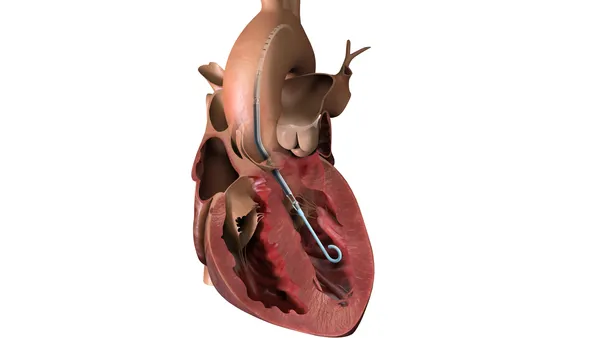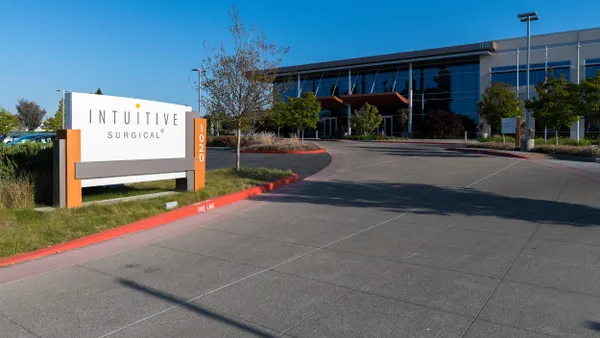Dive Brief:
-
FDA is set to increase its user fee rates for medical device makers by 7.2% come October as part of the annual changes mandated by federal legislation.
-
In a notice published Wednesday, FDA documented a 3.3% drop in personnel compensation and benefits costs between 2018 and 2019 per full-time employee, which reduced the inflation adjuster used to calculate the fee hike for the coming year.
-
The falling personnel costs countered a jump in the base fee set by legislation, thereby saving the medical device industry from a particularly large increase.
Dive Insight:
Amendments to the Federal Food, Drug, and Cosmetic Act (FD&C Act) established 2021 as a year that medical device fees could rise sharply. From 2020 to 2021, the base fee for a premarket application, which serves as the starting point for calculating all fees, was set to increase by $18,000. The average increase across 2018 to 2022 is $5,666.
However, the medical device industry has been partly spared the brunt of that increase thanks to falling payroll costs at FDA. The agency spent $152,826 per full-time employee on personnel compensation and benefits in 2019, down 3.3% from the prior year.
The trend reversed increases over recent years and, in doing so, reduced the inflation adjuster FDA uses to calculate the final fees. Last time, the payroll adjustment was 3.1%. With costs falling in 2019, the payroll adjustment for the 2021 fees is 1.3%.
FDA used the payroll adjustment and the consumer price index to calculate the fee for a PMA application. As all other application fees are calculated as a fraction of the PMA fee, that figure dictates how much FDA charges for De Novo classification requests, 510(k) notifications and other submissions.
The upshot is applicants will pay 7.2% more beginning in October. The increase is greater than the 5.9% rise imposed on the industry last year, but is less severe than the jump it would have faced if personnel costs at FDA had continued on their upward trajectory in 2019.
FDA calculates establishment registration fees using a different base fee. In 2021, the FD&C Act base fee increase is smaller than in the prior year. Coupled to a reduced inflation adjuster, the lower base rate increase has resulted in a 5.9% step up in the registration fee, compared to a 7.2% rise last year.
Based on the number of submissions in prior years, FDA calculates the increased fees could generate $236,842,961. The money will support the review of submissions and other activities. As in previous years, FDA will charge small businesses a reduced rate.
FDA Medical Device Fees for FY2021
| Application Fee Type | Standard | Small Business |
| Premarket application, premarket report, or efficacy supplement | $365,657 | $91,414 |
| Panel-track supplement | $274,243 | $68,561 |
| De Novo classification request | $109,697 | $27,424 |
| 180-day supplement | $54,849 | $13,712 |
| Real-time supplement | $25,596 | $6,399 |
| 510(k) premarket notification submission | $12,432 | $3,108 |
| 30-day notice | $5,851 | $2,926 |
| 513(g) request for classification information | $4,936 | $2,468 |
| Annual fee for periodic reporting on a class III device | $12,798 | $3,200 |
| Annual establishment registration fee | $5,546 | $5,546 |
SOURCE: U.S. Food and Drug Administration












